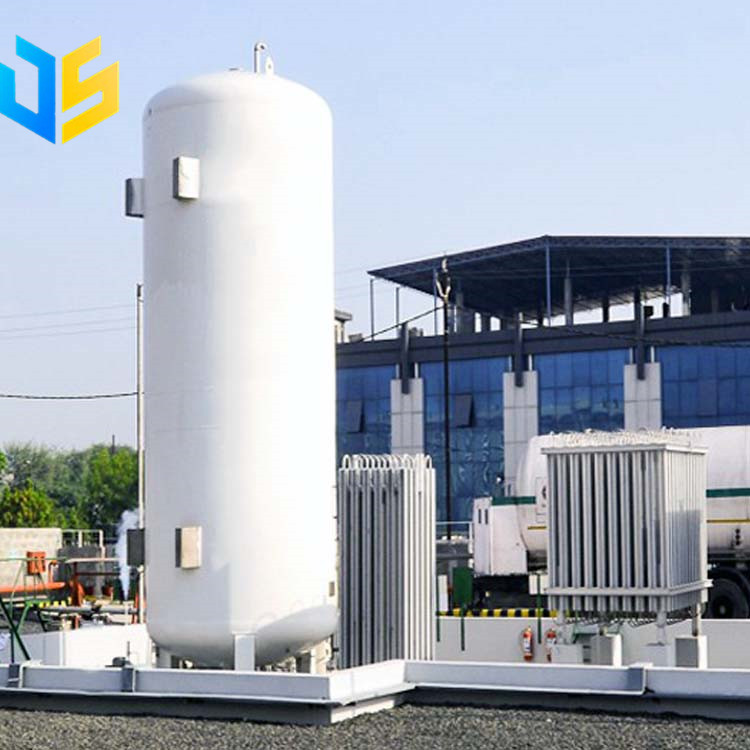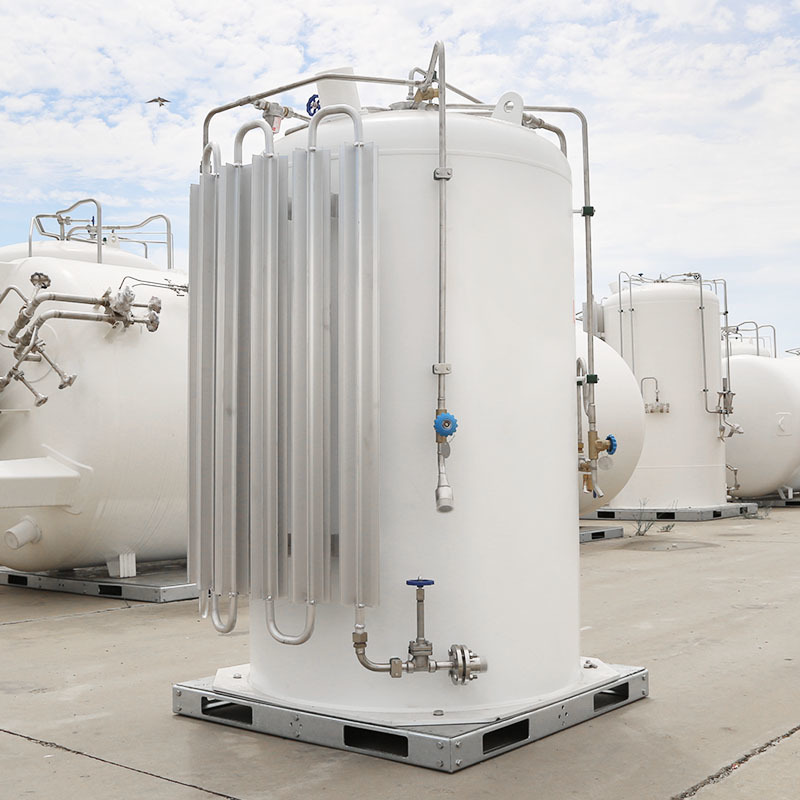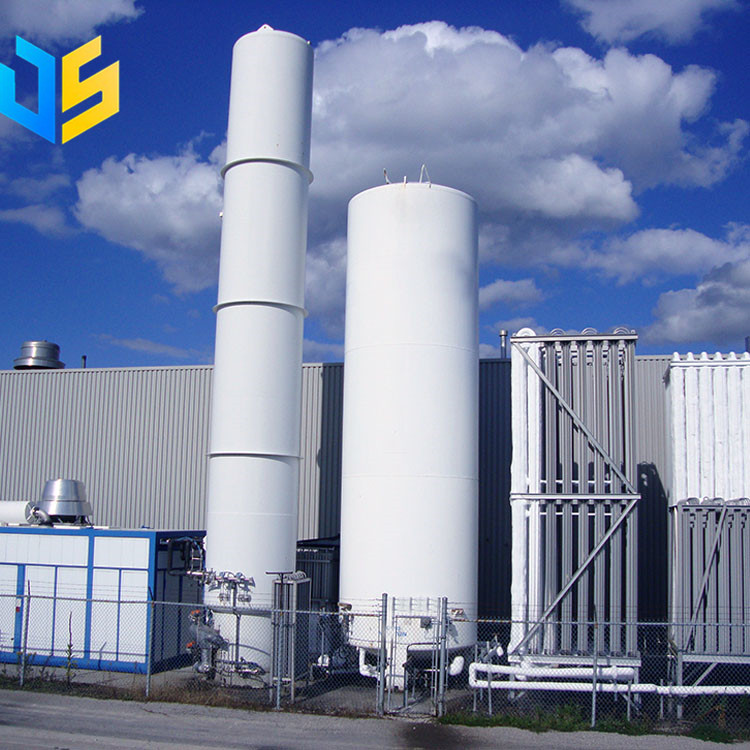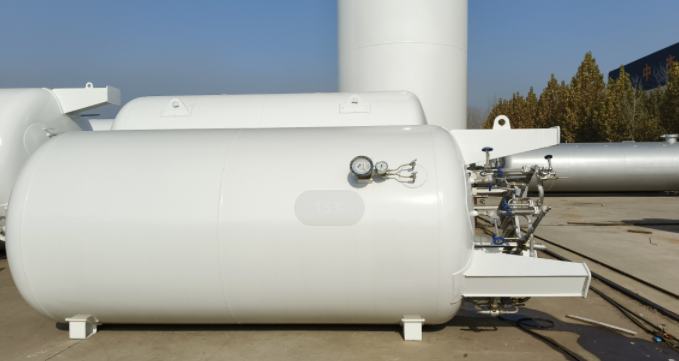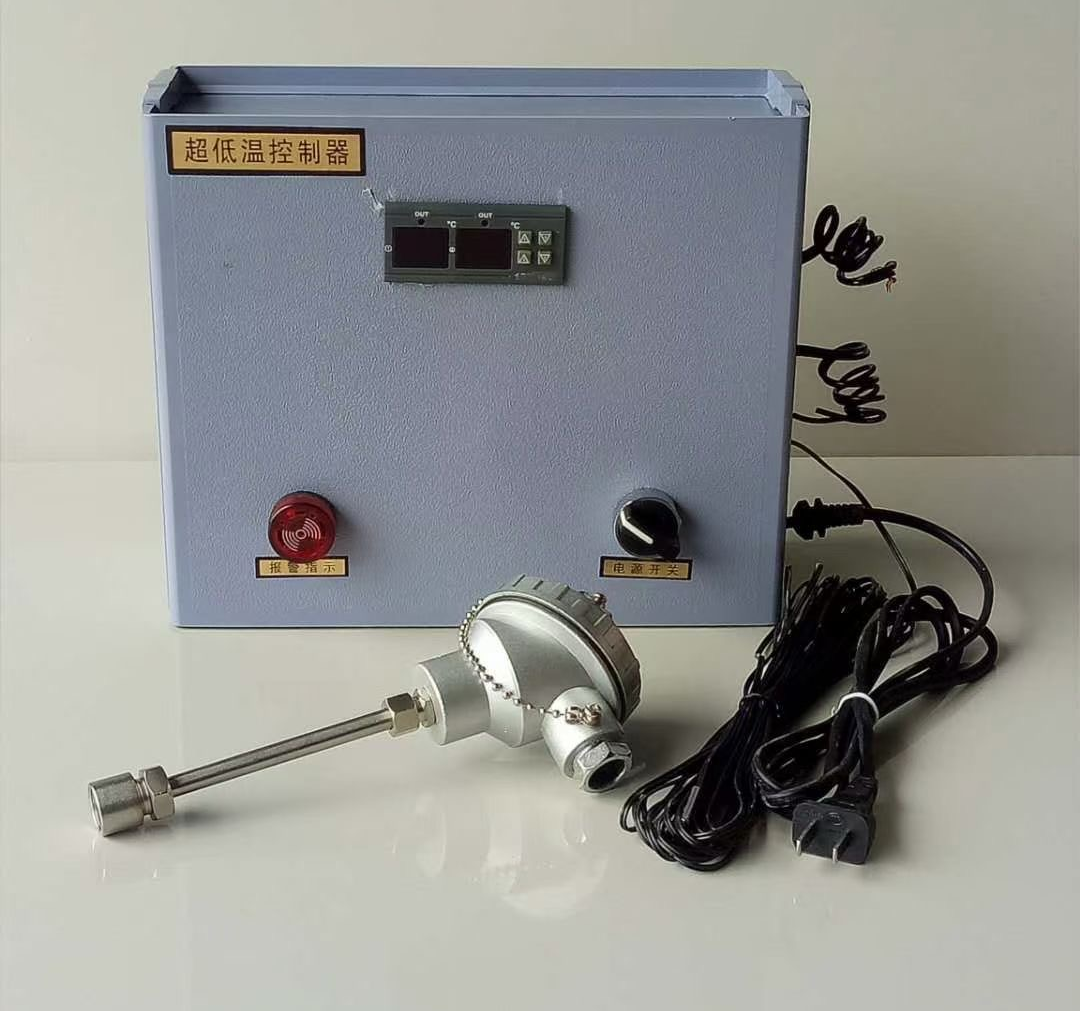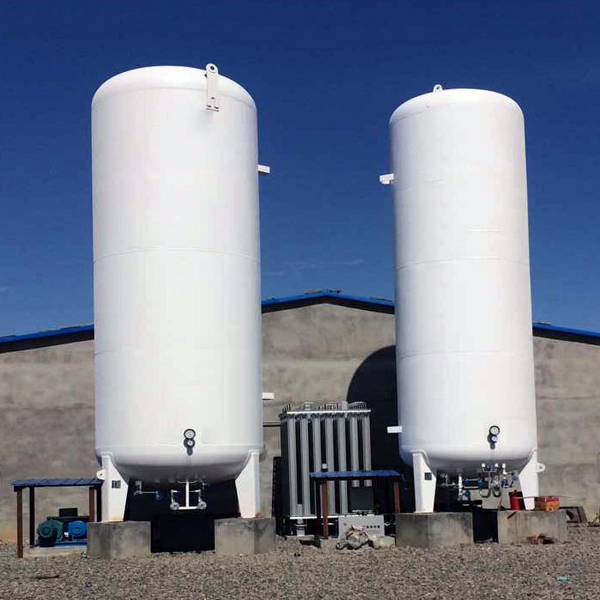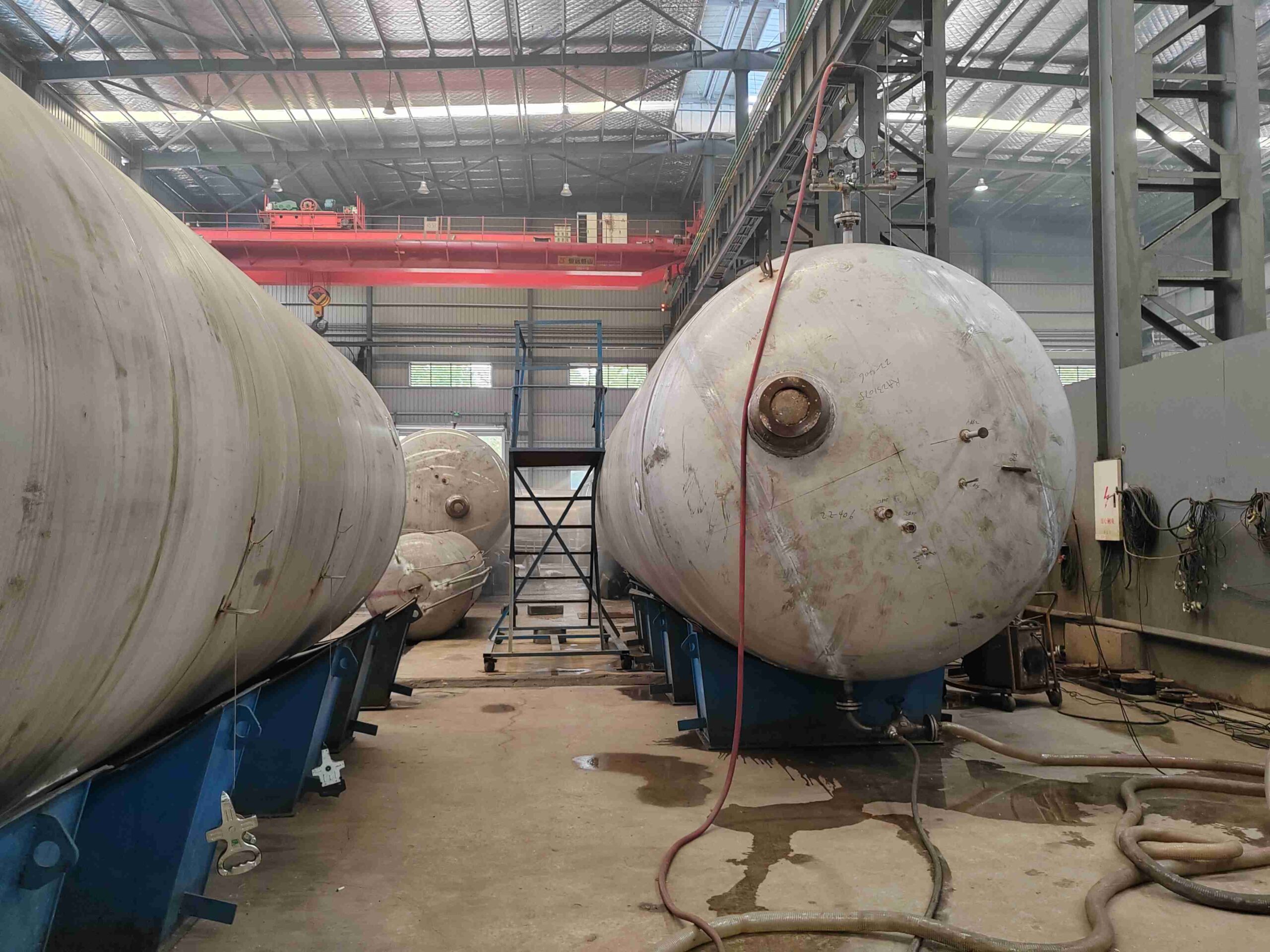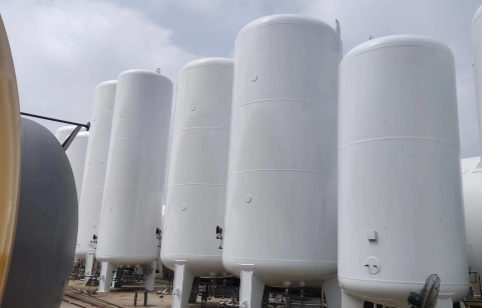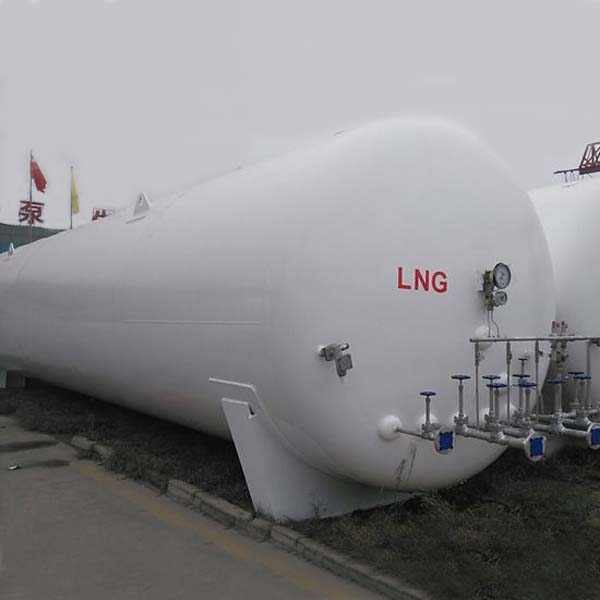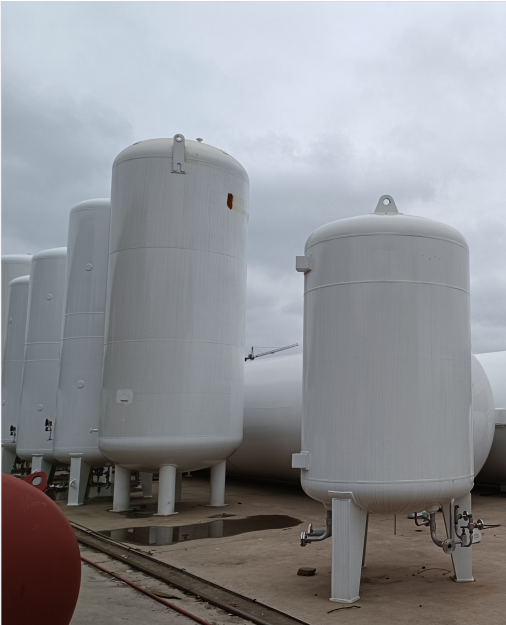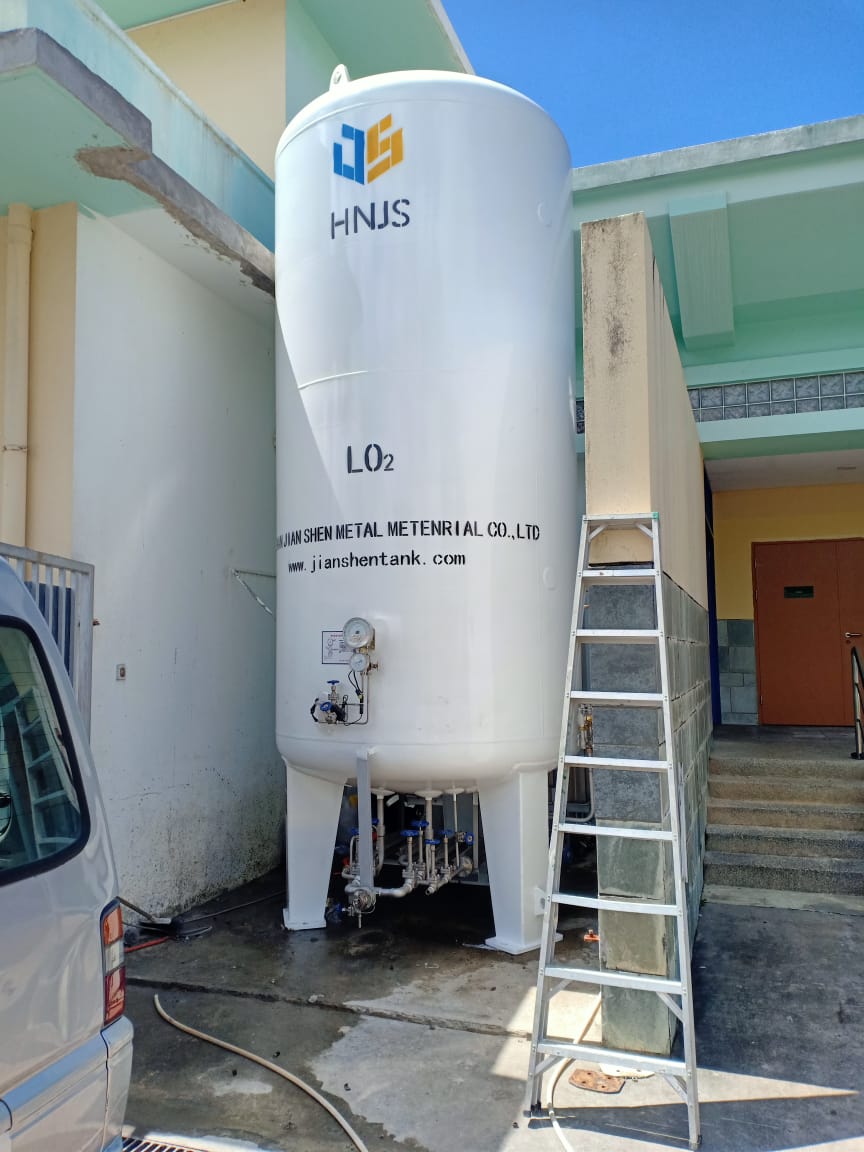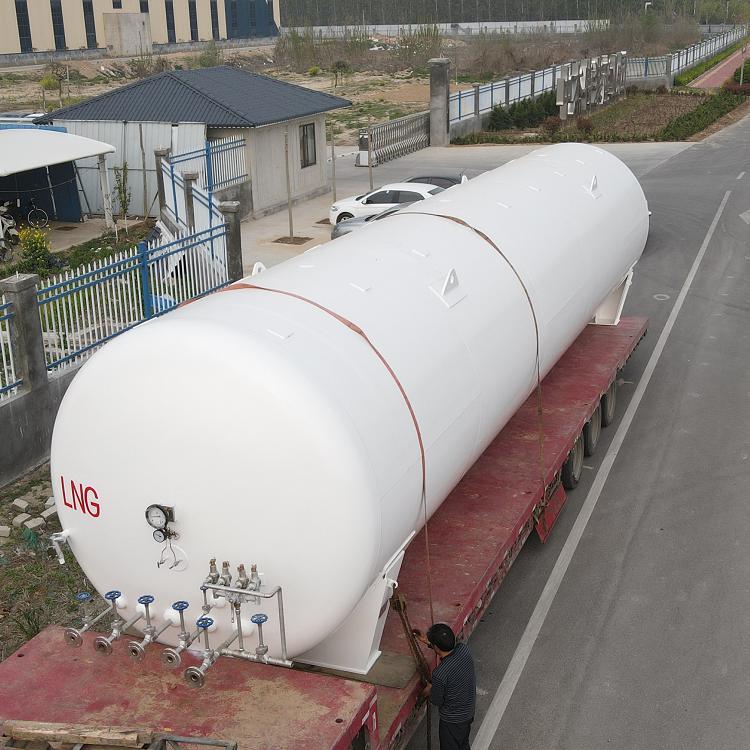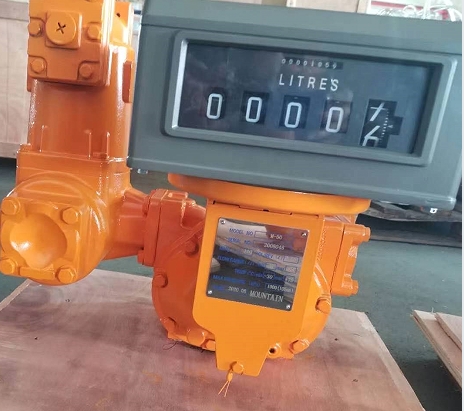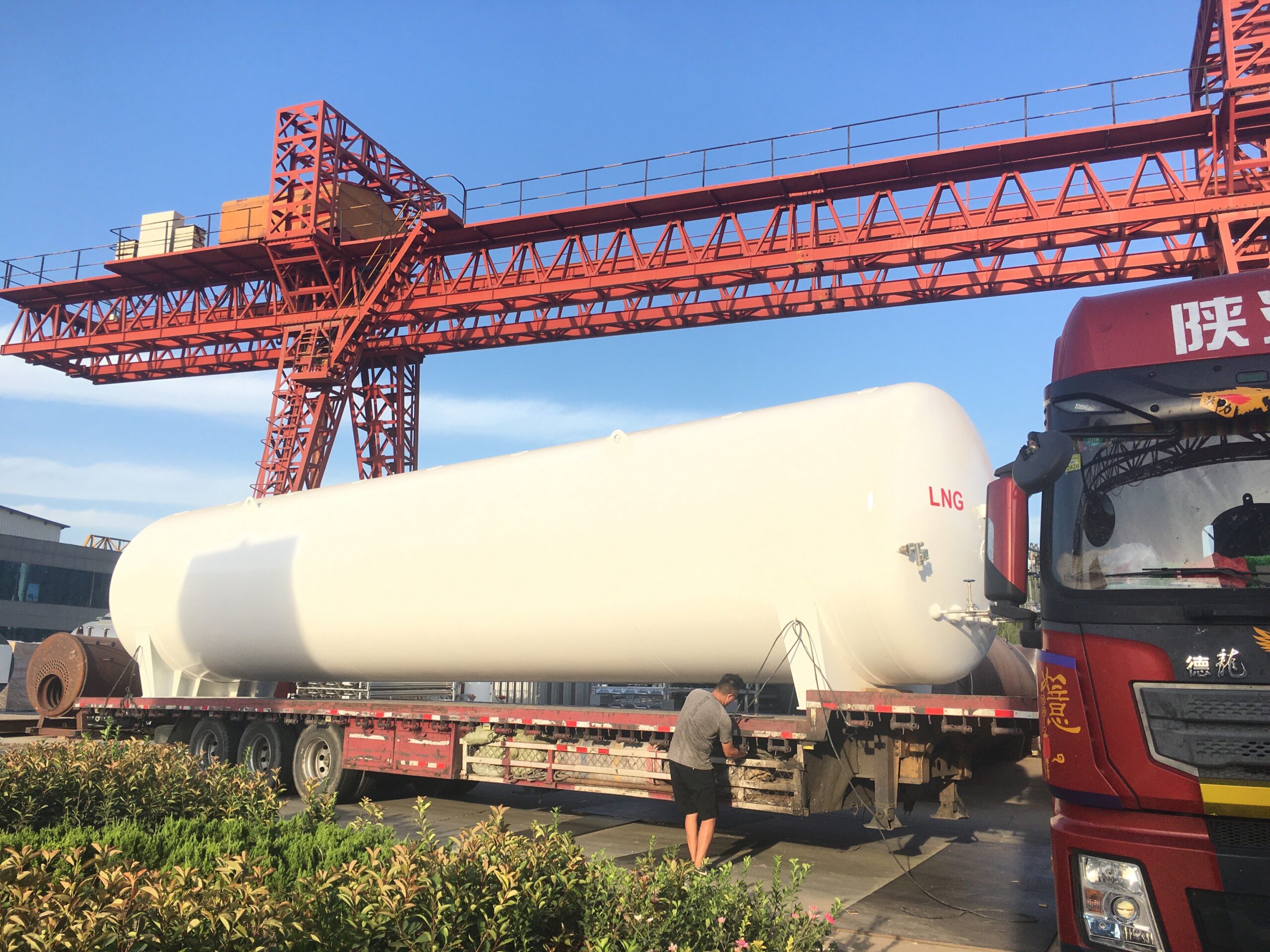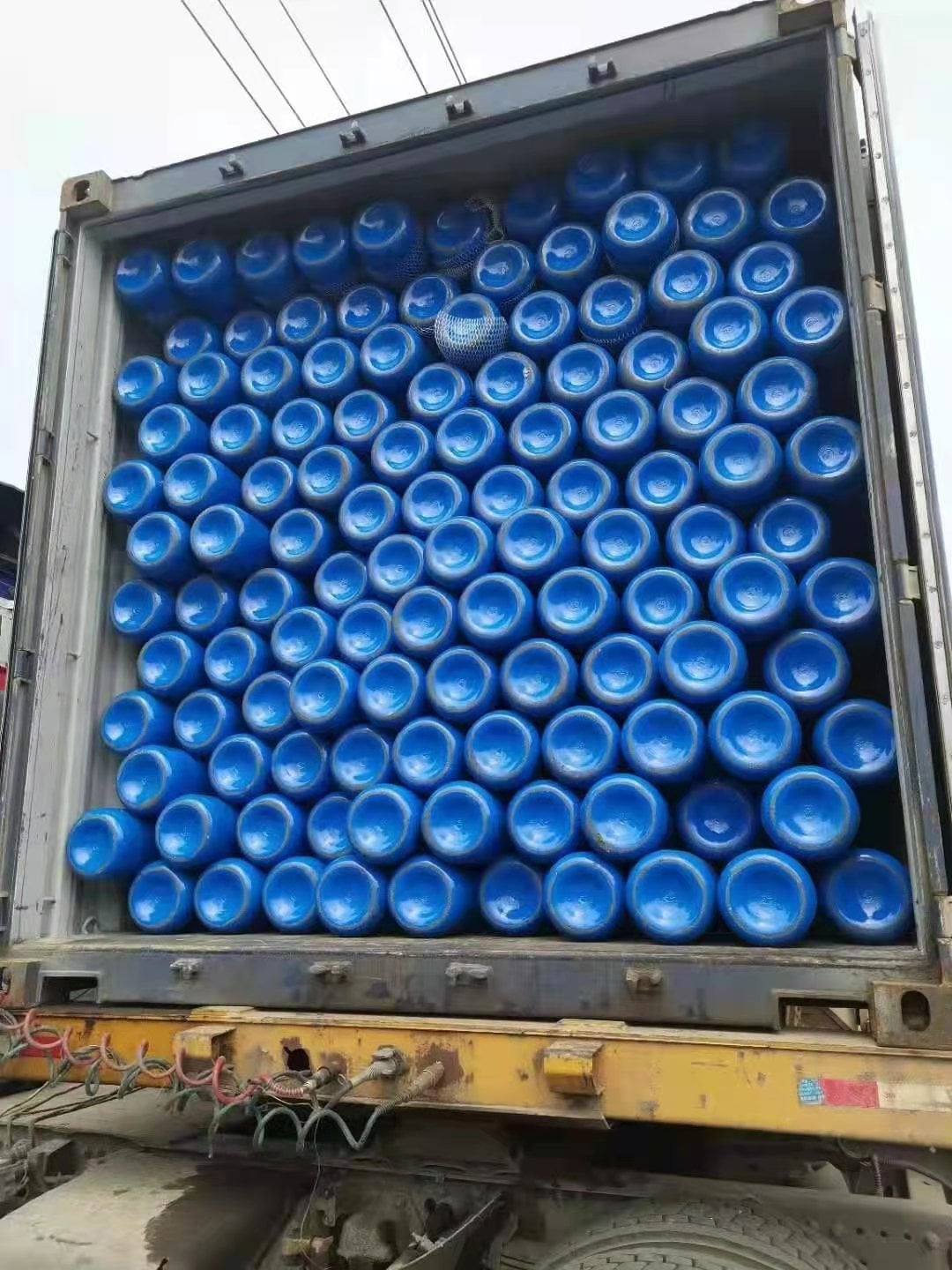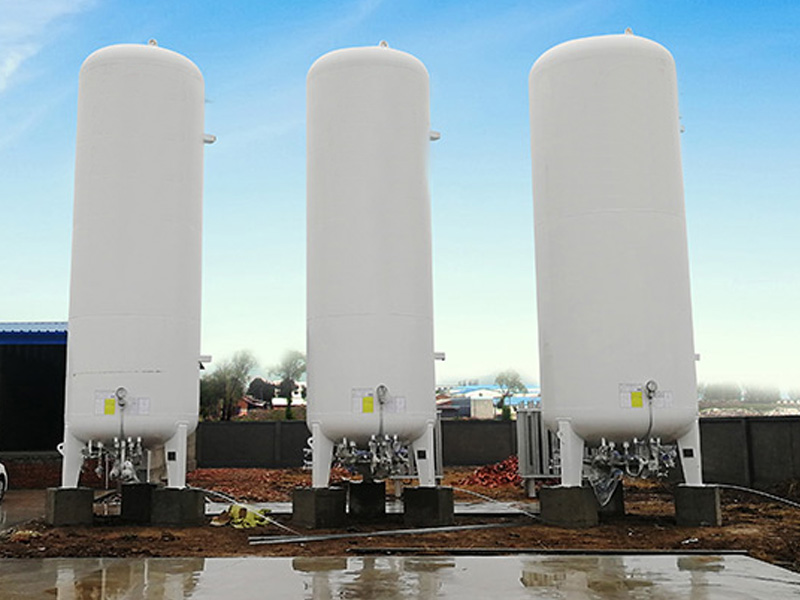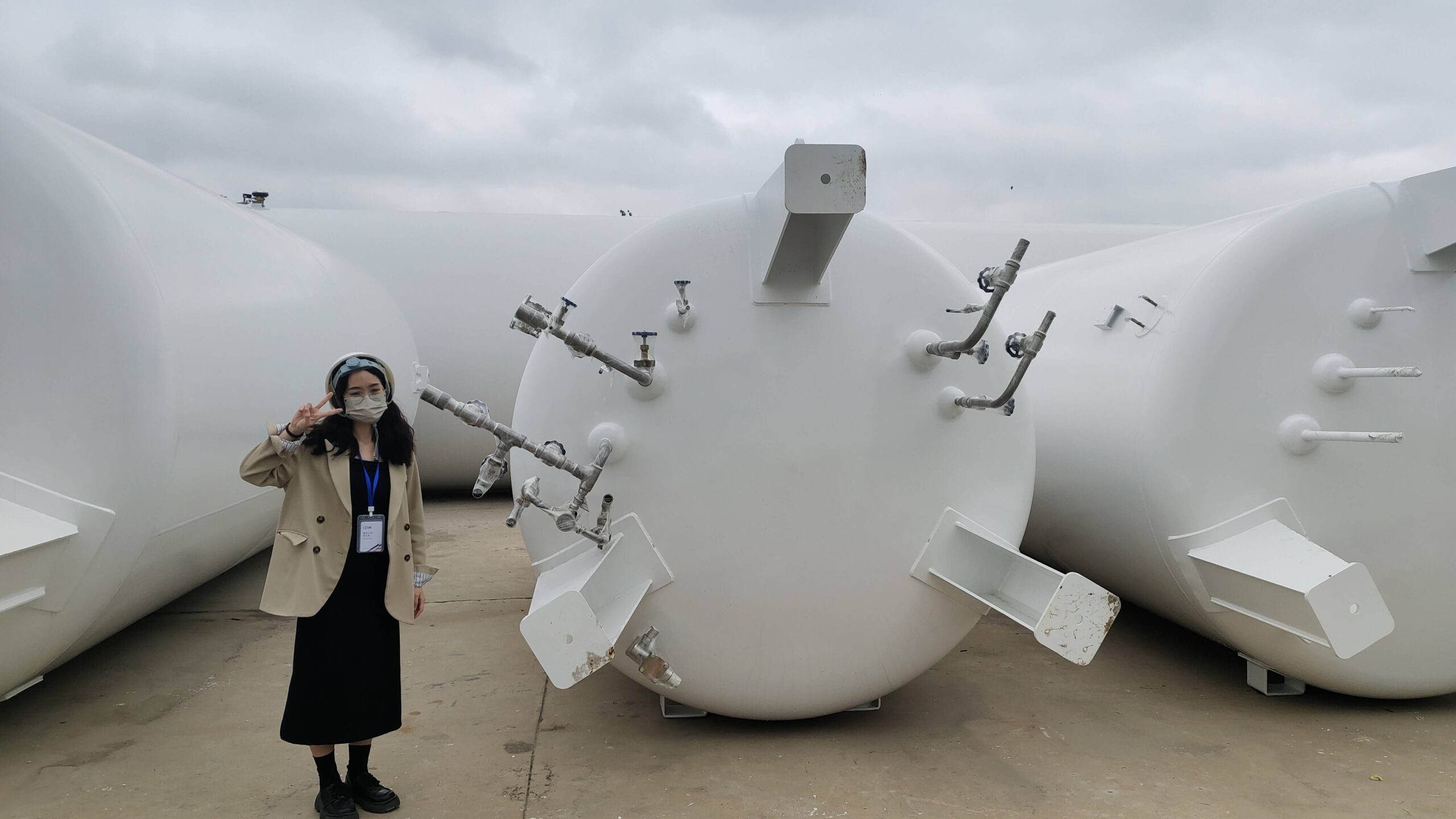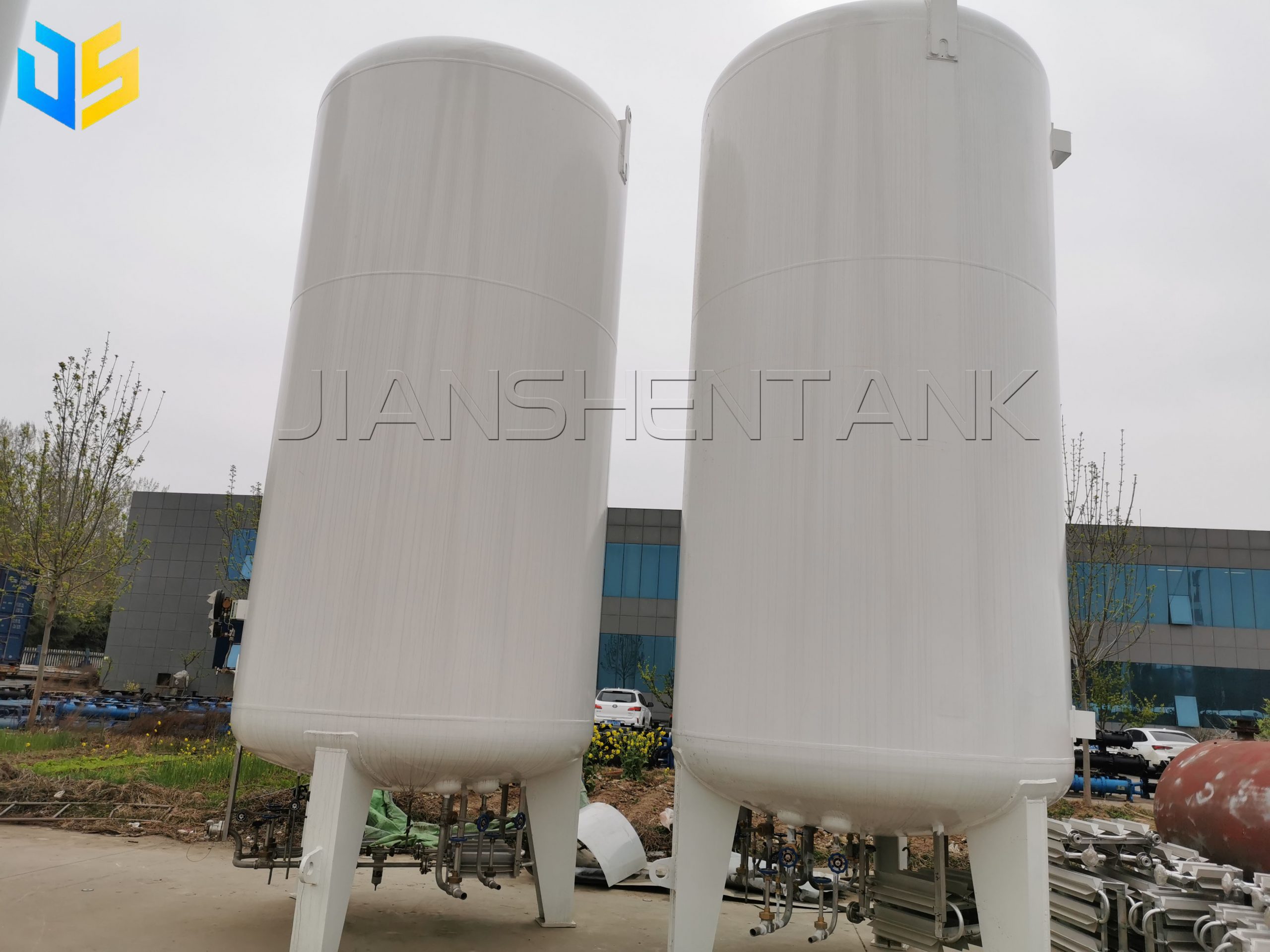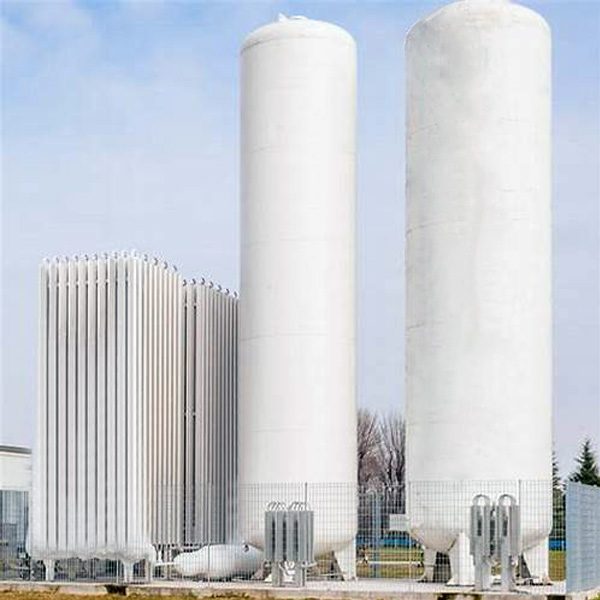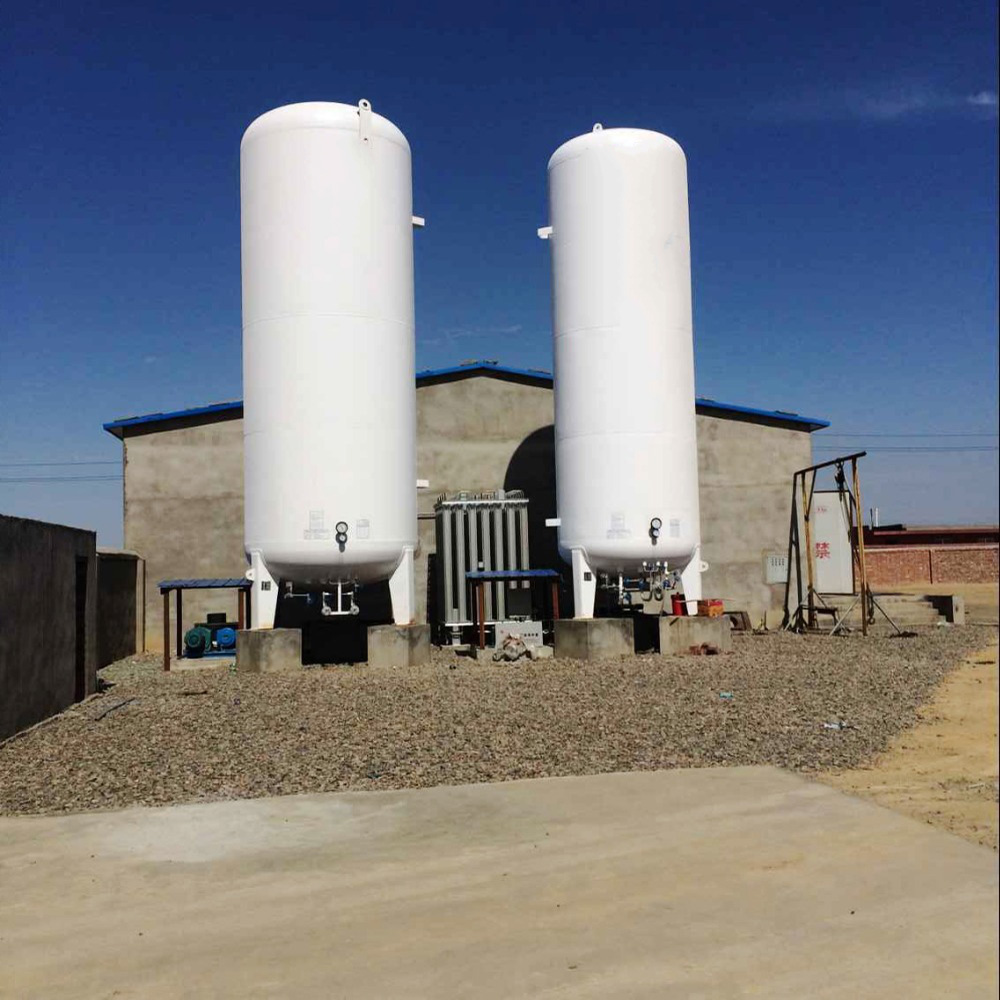Optimizing Oil Tank Functionality: The Role of Drain Valves
Oil tanks are central to numerous industrial processes, and their efficiency relies on careful design considerations.
Oil tanks are central to numerous industrial processes, and their efficiency relies on careful design considerations. The client’s request for “Two slots at the top and one slot at the bottom with a maintenance slot” primarily revolves around optimizing oil tank functionality.
Interpreting the Request:
In the context of oil tanks, the two slots at the top are likely associated with inlet and outlet points. These facilitate the filling and extraction of oil, streamlining industrial processes. The single slot at the bottom serves a crucial role in drainage, allowing for the removal of sediments or impurities that may settle over time.
The Significance of Drain Valves:
The request emphasizes the importance of maintenance, indicating the need for a dedicated slot for inspections and repairs. Drain valves play a pivotal role in this maintenance process. Properly positioned drain valves enable easy removal of residual oil and impurities, preventing issues such as contamination or corrosion.
Ensuring Cleanliness and Performance:
By incorporating these design elements, oil tanks can be maintained with greater ease. The slight tilt during installation aids in efficient drainage, ensuring that impurities are effectively expelled through the maintenance slot. This design consideration aligns with industry best practices, emphasizing both functionality and maintenance.
In conclusion, the request for specific slots in oil tank design underscores the critical role of drain valves in optimizing functionality and ensuring the longevity of these essential industrial components.

